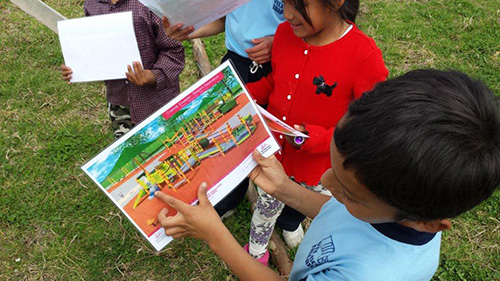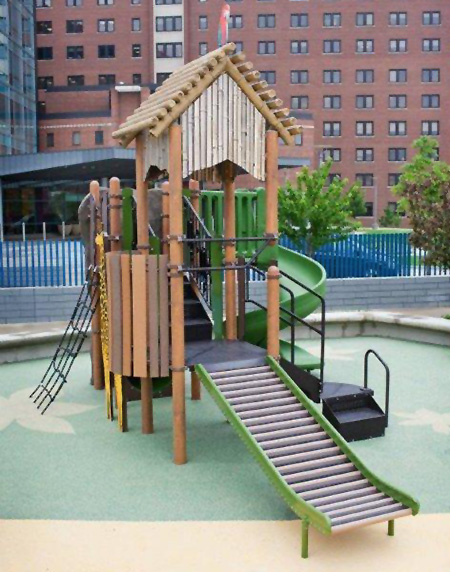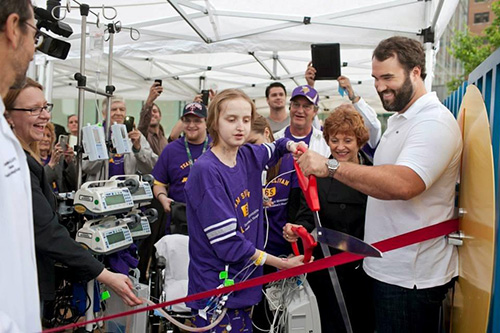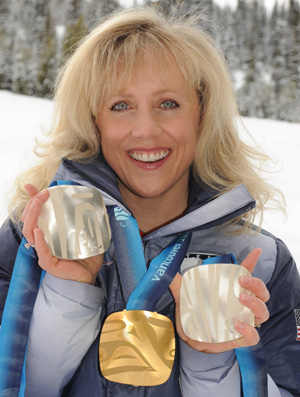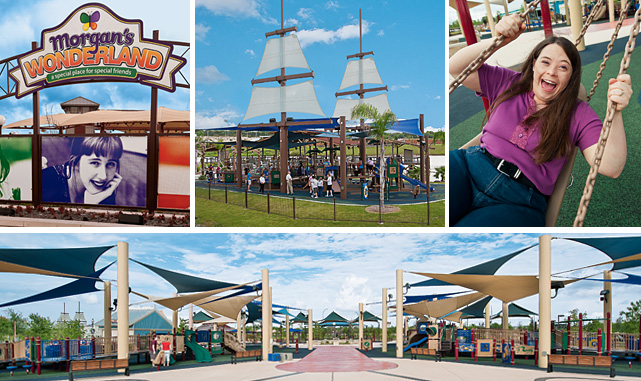This week (Dec. 3-7) marks Inclusive Schools Week, which celebrates the progress that schools have made in providing supportive and quality education to increasingly diverse student populations. This week, educators, students and parents are encouraged to discuss how to continually ensure the inclusion of all children regardless of ability, gender, socio-economic status, cultural heritage, language preference and other factors.
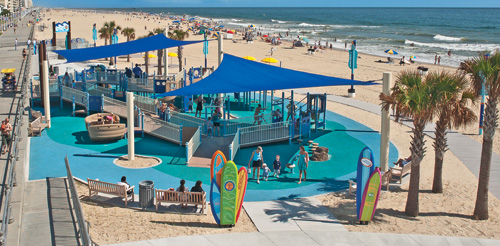
JT’s Grommet Island Beach Park & Playground for Every “Body,” Virginia Beach, Va.
At Landscape Structures, we’re using Inclusive Schools Week to educate playground planners on the importance of creating truly inclusive play spaces. In addition to thinking about accessibility on the playground, planners need to consider children with sensory deficits and other developmental issues to ensure inclusion.
Creating an inclusive playground may sound like a daunting task for your school or community, but by following simple design criteria you can create a play space that welcomes children of all abilities. We use a design philosophy that addresses the environment, the play experience and variability. The combination of these elements allows every child to choose how they want to engage in the playground. Our design philosophy is influenced by the Seven Principles of Universal Design to help us increase the usability, safety, health and social participation of our play environments.

Morgan’s Wonderland, San Antonio, Texas
Browse our Playspace Design brochure to learn more about our design philosophy, and then go here to get more information about our commitment to inclusive play.

